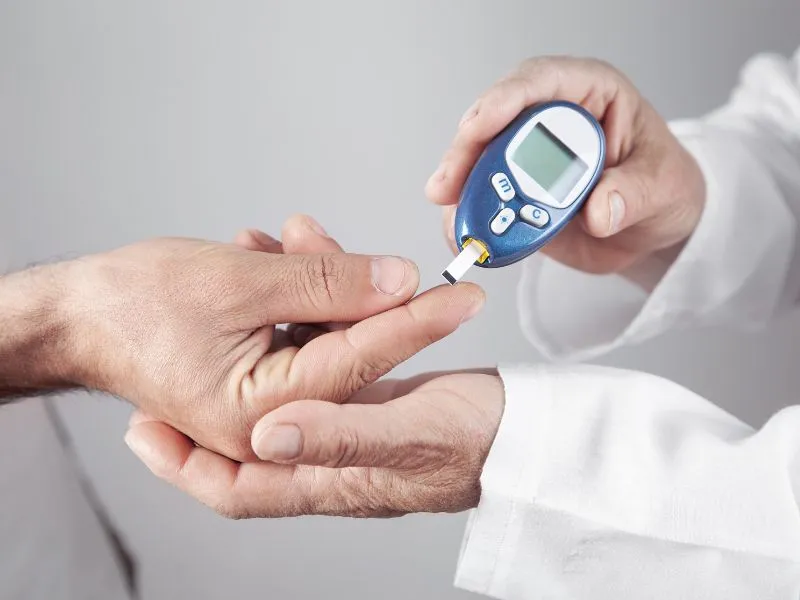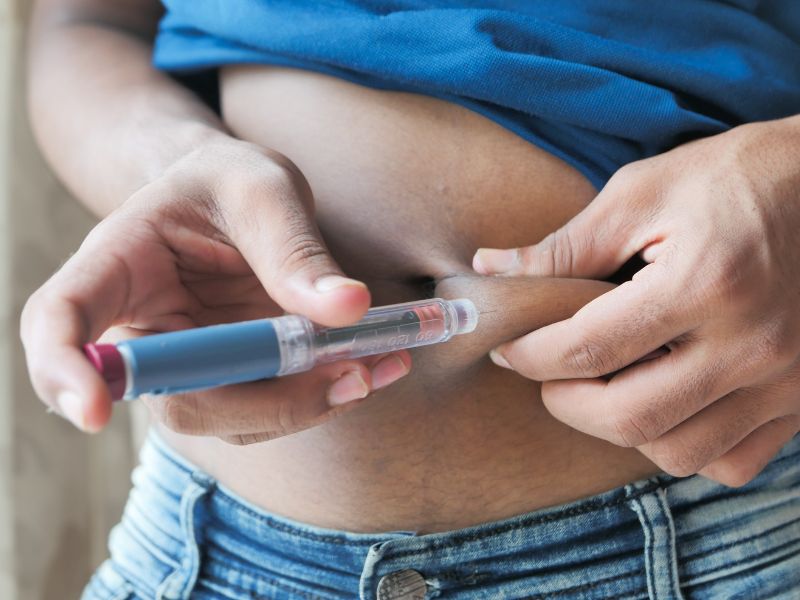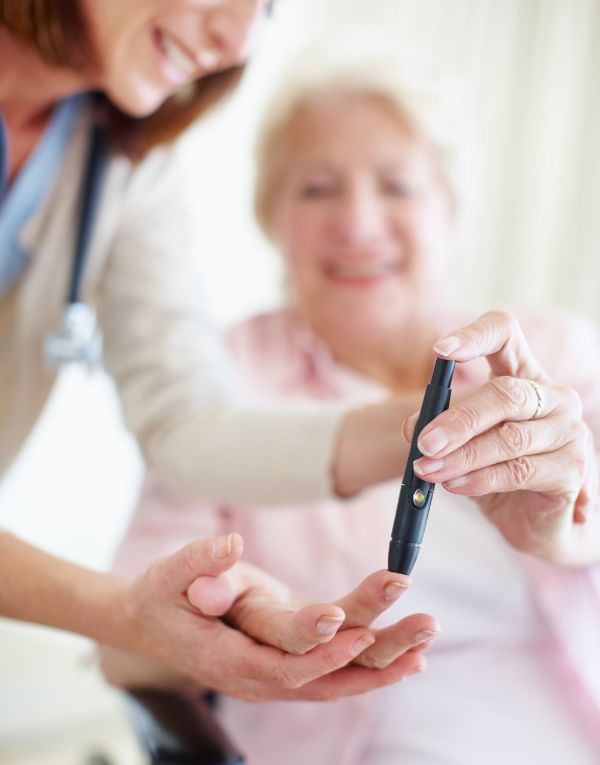For the past 12 months, the Diabetes Education Consultative Section (DECS) of the International Diabetes Federation (IDF) has been collecting diabetes myths from around the world in preparation for an imminent publication.
Most of the myths were submitted by health professionals from countries such as Australia, Cambodia, Finland, Greece, Tonga, and Vietnam. These myths were studied conscientiously in order to identify any recurring themes and to discover whether they were widespread, or whether they were limited to a particular cultural group or country. Some of the more common global myths will be examined below.
Eating sugar causes diabetes
In many cultures, sugar-containing foods, such as fruits and tubers, are avoided once diabetes has been diagnosed. Some Chinese groups avoid tea or coffee because of folk wisdom, which says they can cause diabetes.
Diabetes is caused by a combination of genetic and environmental factors; however, excess weight increases a person’s risk of developing type 2 diabetes.
The sugar myth can be explained to some extent by this fact. However, the association between sugar consumption and the development of diabetes is more likely to arise from simple confusion than from a partial understanding of the causes of diabetes.
A healthy diet and regular exercise are recommended to control weight and prevent diabetes and its complications. People with diabetes should eat special diabetic foods.
In some cultures, a pig’s pancreas is boiled to make soup. It is believed that, if a problem develops in an organ of the body, consuming food made from the same organ of an animal may help.

This type of practice is based on a principle similar to the ancient belief of the law of similars or principle of similitude (one of the basic principles of homeopathic medicine), that substances that cause certain symptoms in a healthy person can cure the diseases that manifest those symptoms.
Foods marketed for people with diabetes do not offer any special benefits.
There is a widespread belief that people with diabetes can only eat foods that have been produced specifically for people with the condition: sugar-free candy, for example, or diabetic chocolate. In fact, the healthy diet recommended for people with diabetes is the same as that recommended for people without diabetes: low in fat, salt and sugar, with meals based on starchy foods such as bread and pasta, lots of fruit and vegetables.
The high-sugar versions of foods marketed to people with diabetes offer no special benefit. Like all foods, they raise blood glucose levels. What’s more, ‘diabetic products’ are often more expensive than other foods and can have a laxative effect. If you don’t need to be medicated, then you only have ‘mild diabetes’.
A popular and dangerous misconception is that diabetes is serious only if it needs to be treated with insulin. Diabetic complications can occur whether insulin therapy is needed or not.

Furthermore, if blood glucose levels are not closely controlled, the risk of developing serious and potentially life-threatening diabetic complications, such as kidney failure or cardiovascular disease, increases dramatically. Worryingly, some healthcare professionals, especially general practitioners, continue to advise people with type 2 diabetes that they only have ‘a little sugar’ and therefore do not need to worry about the condition. Medical professionals who perpetuate this myth put their patients at greater risk of developing diabetic complications; if a person does not believe that their diabetes is serious, they are less likely to take appropriate steps to control the condition.
The fact that this myth continues to be perpetuated indicates that some healthcare professionals are as much in need of diabetes education as people with the disease.
Type 1 diabetes is more severe than type 2 diabetes
This idea, similar to the myth described above, is widespread. Once again, we have been able to find a historical explanation for the origin of this misconception.
Before the discovery of insulin in 1922, a diagnosis of type 1 diabetes meant certain death within months. While all people with type 1 diabetes need insulin to live, it is possible to control type 2 diabetes without the need for insulin therapy.
However, a person may have type 2 diabetes for months or years before being diagnosed.
As a result, some serious diabetic complications, such as diabetic nerve damage (neuropathy) or eye damage (retinopathy), or potentially fatal complications such as renal failure or cardiovascular disease may already be present at the time of diagnosis. Therefore, in some circumstances, the threat of latent type 2 diabetes may actually be more potentially serious than type 1 diabetes.
Research indicates that people with diabetes are more likely to act appropriately and attend a diabetes clinic regularly if they are aware of the seriousness of their condition. Therefore, it is necessary for healthcare professionals to ensure that they communicate the message that type 2 diabetes is a serious medical condition.
When people with type 2 diabetes start insulin therapy, they are in the ‘final stage’ of diabetes. Insulin therapy is considered by people with type 1 diabetes to be a life-saving therapy. However, many people with type 2 diabetes fear insulin. In Australia, insulin is sometimes believed to cause diabetic complications. Again, there are grounds for believing this myth; incorrect administration of insulin can lead to hypoglycemia.
However, the idea that insulin is a ‘death sentence’, a recurring theme in the popular response coming out of Italy, is not true. The reality is that, in order to properly control their blood glucose levels, many people with type 2 diabetes develop the need for insulin therapy. With the right self-care, a healthy diet and an active lifestyle, people on insulin therapy can live a full and ‘normal’ life, whether they have type 1 diabetes or type 2 diabetes.

There is also a link in mythology between insulin and death. Insulin is believed to be an addictive narcotic, and once a person starts using insulin it is impossible to stop. However, insulin is not addictive, it is not a narcotic. Insulin is a hormone that occurs naturally in the human body.
It is used to replace or supplement a person’s own insulin when their body has stopped producing enough to control their blood glucose levels. The addiction myth may be partly explained by the fact that, until a cure for the condition is found, people with type 1 diabetes cannot safely discontinue insulin therapy.
Whether you have type 1 diabetes or type 2 diabetes, a person using insulin can lead a normal life.
Diabetes is a disease of the rich
There was a time when only the wealthy could afford refined foods with high fat and sugar content in abundance, while the poor could not. There is a strong association between overweight and obesity and diabetes.
Traditionally, poverty rarely resulted in excess weight. Strange as it may seem now, in some cultures having diabetes was considered a status symbol. Type 2 diabetes was a test of a person’s ability to afford expensive foods.
Today, however, the massive rural exodus, which is a key demographic feature in developing countries, is having health consequences. Lifestyle and diet have changed radically among poor people in the less affluent countries of Asia, Africa and Latin America.
People’s lives have become increasingly sedentary; high-fat, high-sugar ‘junk food’, available in the city within the reach of the less well-off, has replaced the fresh vegetables and legumes of traditional rural diets.

There is a strong association between overweight and obesity and diabetes.
As a result, obesity levels have increased dramatically and, consequently, diabetes has become a major threat in developing countries (for a detailed explanation of the socioeconomic issues behind the diabetes pandemic, see the special issue of Diabetes Voice on prevention, 2003).
Traditional medicines are safer than current treatments because they have no side effects. In Western cultures, there is a growing interest in complementary therapies and traditional remedies.
Research has shown that many of the naturally occurring substances used in the treatment of diabetes are capable of generating a reduction in sugar levels.
However, they can produce negative side effects and interact with conventional drugs.
Moreover, not all complementary therapies are effective and their use may delay appropriate treatment. This may increase the risk of developing diabetic complications.
However, many complementary therapies such as yoga, massages, meditation and positive thinking are accepted and applied today by most in the management and prevention of diabetes.
This should not be seen as a substitute for conventional treatment.
Complementary therapies can offer a safe and effective aid to conventional treatment when used under the supervision of trained and qualified healthcare professionals (for more on complementary therapies, see Diabetes Voice 2002, 7 (2) 10-13).
Implications for education
The myths presented can be an obstacle to effective diabetes care. However, they should not be simply ignored or dismissed, without being explored, explained and used as a basis for a conversation about the essential elements of diabetes care and diabetes education.
Myths seem to arise from culture. Therefore, they should be recognized as contemporary beliefs about the health of people with or without diabetes.
We would love to hear about any diabetes myths you may have heard of.
If you would like to contribute to the compilation of material for the IDF DECS publication on diabetes myths, please contact the author via email: trish.dunning@svhm.org.au; or fax: +61-3-9288 3590.
Trisha Dunning is Professor of Endocrinology and Diabetes Nursing Research in the Department of Endocrinology and Diabetes and the Faculty of Nursing at St Vincent’s Hospital and the University of Melbourne, Victoria, Australia.


